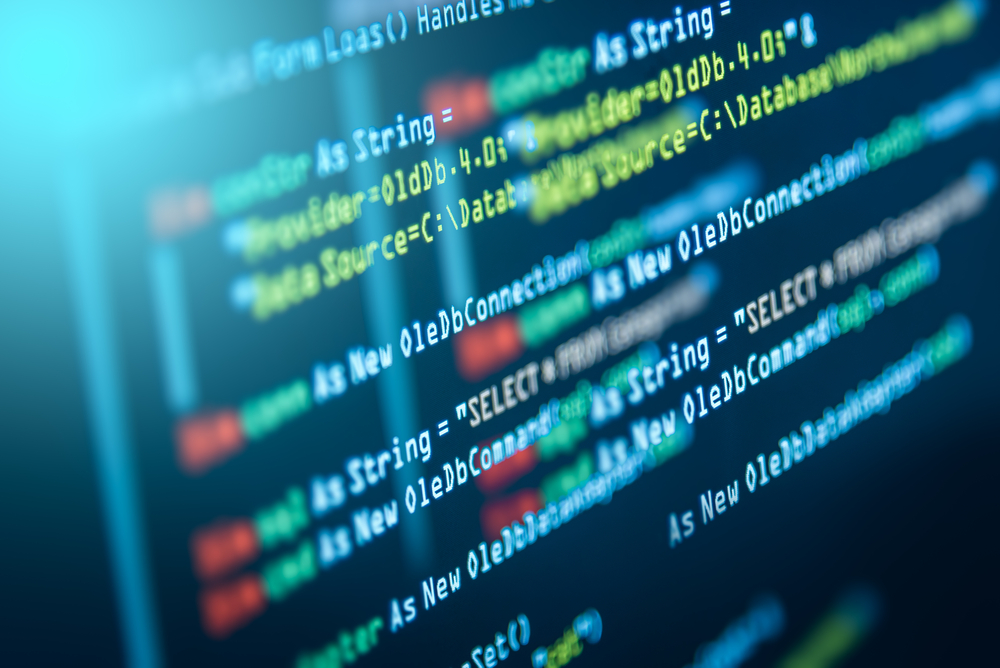Sixty years ago, on May 1, 1964, at 4 o’clock in the morning, a quiet revolution took place at Dartmouth College (USA). Mathematicians John G. Kemeny and Thomas E. Kurtz successfully ran the first program in their newly developed BASIC (Beginner’s All-Purpose Symbolic Instruction Code) programming language on the college’s General Electric GE-225 mainframe computer.

The Birth of BASIC: Democratizing Computing
Little did they know that over the next sixty years their creation would define the democratization of computing and become an inspiration for generations of programmers. BASIC is an interpreted programming language in which code is executed line by line and the lines are numbered. The unconditional GOTO command often led to looping in programs created by beginners – you can, for example, quickly write a program that counts to infinity.
From Amateurs to Professionals: The Evolution of Programming Languages
Most modern languages use different types of structural paradigms, such as functional and object-oriented programming, and BASIC, which is easy to understand and uses simple English words, has quickly gained popularity among beginners.
Before computers became small, inexpensive, and personal, they were not easy to use. At first, programming involved directly connecting wires, then pressing switches and inserting punch cards. Over time, engineers developed ways to abstract low-level operations into a more user-friendly interface, and programming languages were born.
The Modern Legacy: BASIC in Today’s Programming Landscape
Today, BASIC is popular among retro computer enthusiasts and is almost never used as a practical language. But at the same time, it has not died out and continues to develop. There are many dialects of it for different platforms – they are most often used in the Microsoft ecosystem.
After the obsolete Microsoft GW-BASIC and QuickBasic, its descendants continue to live: Visual Basic, Visual Basic for Applications (VBA), and Microsoft Small Basic. Introduced in 1991, Visual Basic has become a popular application development tool; VBA is used for automation in the Microsoft Office suite; and Microsoft Small Basic, which appeared in 2008, is used to teach the basics of programming, adds NIX Solutions.
The modern languages Python and JavaScript have taken on a role similar to the one BASIC once played: simplicity and readability are priorities, making them popular choices for introductory programming courses and rapid application development. BASIC’s legacy lives on through its influence on subsequent programming languages and its role in making computing accessible to a wide audience.
We’ll keep you updated on the latest developments in programming languages and their historical significance.
